Description
Seraphim 550-Watt N-Topcon solar panel
Seraphim 550-Watt N-Topcon solar panel advantages
- Multi-main gate technology
- High module conversion efficiency
- Reduce heat spot effect
- Superior load capacity
- Excellent low-light performance
- Low BOS and KWH cost
- Higher bifacially
- Low attenuation long warranty
- 15-Year Guarantee on product material and workmanship
- 30-Year Linear power output warranty
What is Topcon?
Tunnel Oxide Passivated Contact or TOPCON, TOPCON is the acronym for “Tunnel Oxide Passivated Contact”.
Tunnel oxide passivated contact (TOPCon) is a technology used in the design and fabrication of solar cells, specifically in the photovoltaic industry. It is an advanced contact structure aimed at improving the efficiency and performance of solar cells.
Here’s a breakdown of the key components of the term:
- Tunnel Oxide: The “tunnel oxide” refers to a thin layer of oxide (usually silicon dioxide, SiO2) that is used to create a tunnel junction in the solar cell. This junction allows for the passage of charge carriers (electrons or holes) through the oxide layer.
- Passivated Contact: The term “passivated contact” implies that the contact between the metal and the semiconductor material is passivated or treated to minimize defects and improve the overall performance of the solar cell. Passivation helps to reduce the recombination of charge carriers, which can significantly enhance the efficiency of the solar cell.
In the context of TOPCon solar cells, the tunnel oxide layer is used to form a passivated contact with the silicon wafer. This design has several advantages:
- Reduced recombination: The tunnel oxide layer helps reduce the recombination of charge carriers at the contact interface, which is a common loss mechanism in solar cells.
- Improved conductivity: Despite being a thin layer, the tunnel oxide allows for efficient carrier transport, enhancing the overall conductivity of the contact.
- Better surface passivation: The passivation of the contact interface helps to minimize surface defects, leading to improved performance and higher conversion efficiencies in solar cells.
TOPCon technology is considered one of the advancements in solar cell design that aims to push the efficiency limits of photovoltaic devices. It’s part of the broader effort in the solar industry to develop more efficient and cost-effective solar cells to make solar energy more competitive with other forms of electricity generation.
Topcon and Monocrystalline
TOPCon and monocrystalline refer to different aspects of solar cell design. Monocrystalline describes the material used in the cell, while TOPCon refers to a specific technology employed to improve the efficiency of the solar cell by optimizing the contacts and reducing recombination losses. They are not mutually exclusive, and both can be part of advanced solar cell designs.
TOPCon vs Standard or general monocrystalline solar panels
The choice between Tunnel Oxide passive contact (TOPCon) and standard monocrystalline (mono) solar cells depends on various factors, including efficiency, cost, and specific application requirements. Let’s compare these two technologies:
- Efficiency:
- TOPCon: TOPCon technology is known for its potential to achieve high energy conversion efficiencies. The passivated contact helps reduce recombination losses, contributing to improved overall performance.
- Standard Monocrystalline: Monocrystalline solar cells are generally recognized for their high efficiency. The single-crystal structure of monocrystalline silicon allows for better electron mobility, leading to efficient energy conversion.
- Cost:
- TOPCon: Implementing TOPCon technology may involve additional manufacturing steps and materials, which could influence the overall cost of production.
- Standard Monocrystalline: Monocrystalline solar cells have been widely adopted and have a mature manufacturing process, potentially resulting in a more cost-effective production compared to newer, advanced technologies.
- Market Availability:
- TOPCon: TOPCon technology is considered an advanced and emerging technology. It may not be as widely available in the market as standard monocrystalline cells.
- Standard Monocrystalline: Monocrystalline solar cells are widely available and commonly used in the solar industry.
- Application:
- TOPCon: TOPCon technology may be more suitable for applications where maximizing efficiency is a top priority, such as in space-constrained environments or situations where the cost per unit of energy is not the primary concern.
- Standard Monocrystalline: Standard monocrystalline solar cells are suitable for a wide range of applications, from residential and commercial installations to utility-scale solar farms.
- Market Trends:
- TOPCon: As an emerging technology, TOPCon may see increased adoption as research and development continues to optimize its manufacturing processes and reduce costs.
- Standard Monocrystalline: Standard monocrystalline solar cells continue to dominate the market due to their proven efficiency, reliability, and cost-effectiveness.
The choice between TOPCon and standard monocrystalline solar cells depends on specific project requirements, budget considerations, and the current state of the solar technology market. As technology evolves, the relative advantages and disadvantages of each technology may shift, so it’s essential to consider the latest developments in the solar industry.



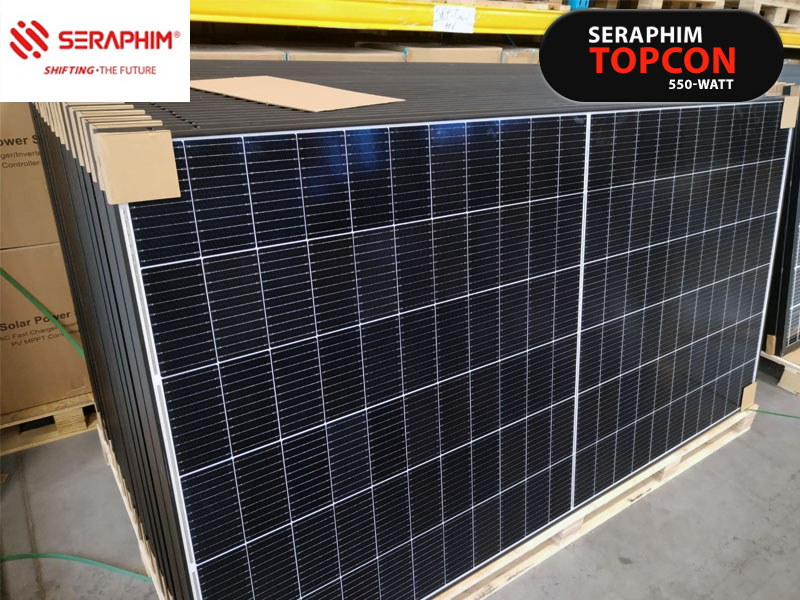
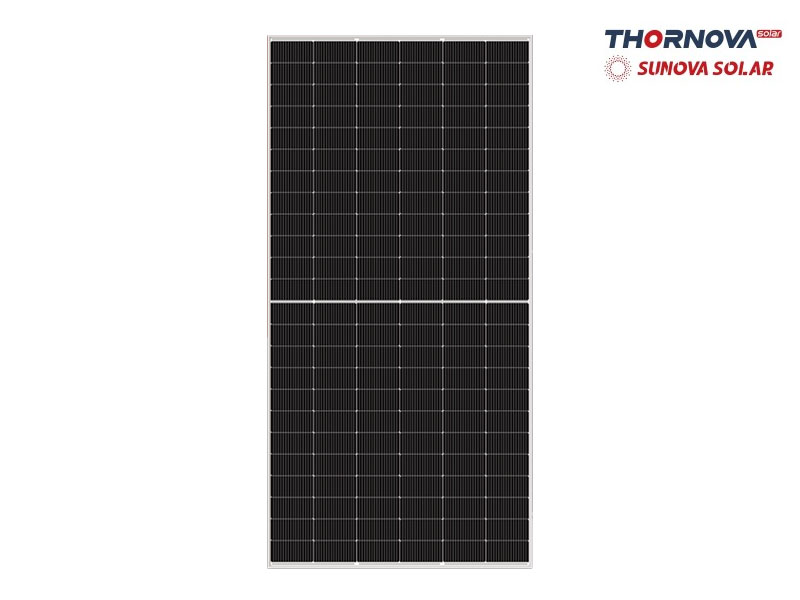
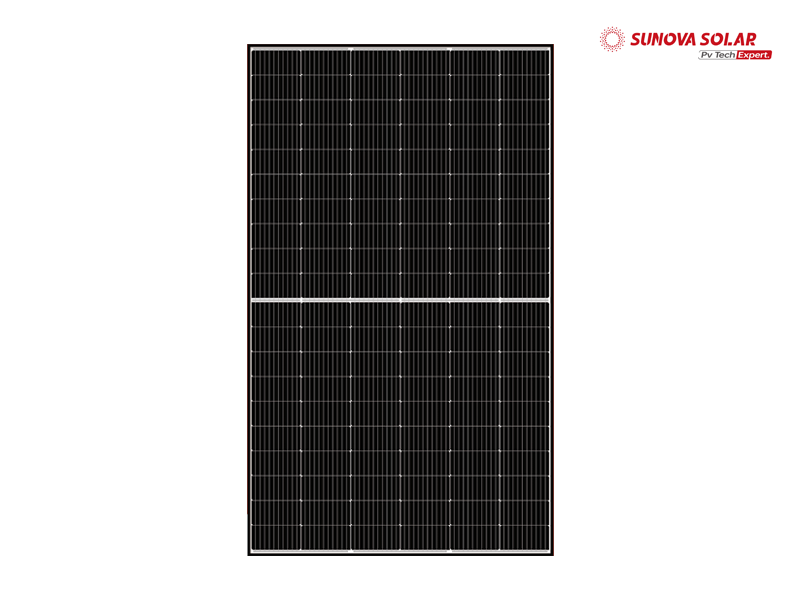
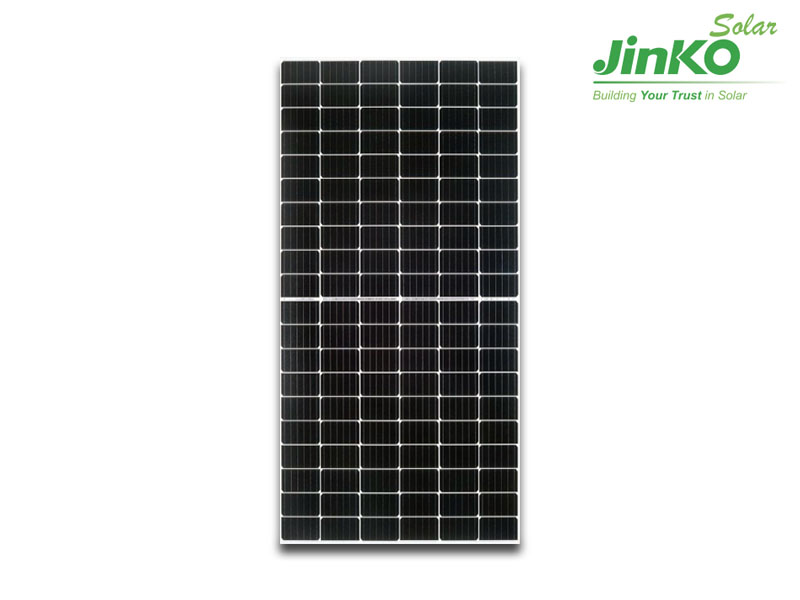
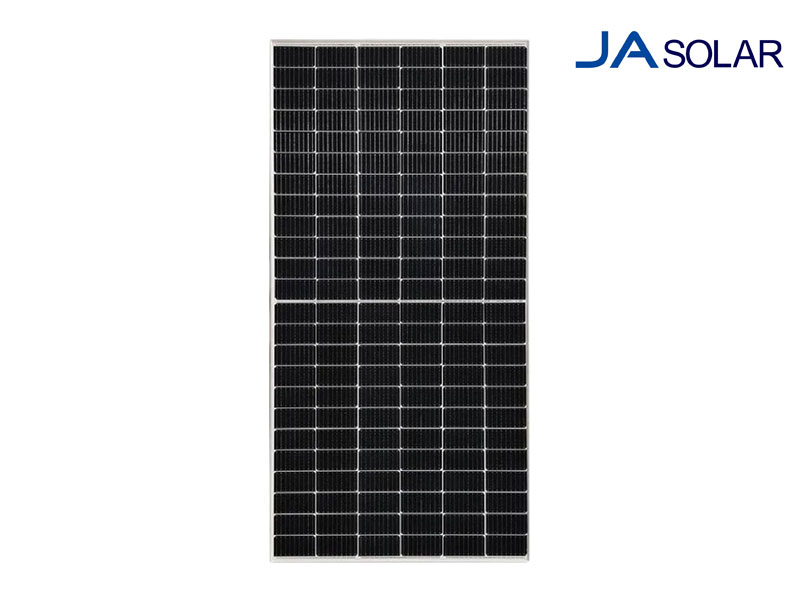
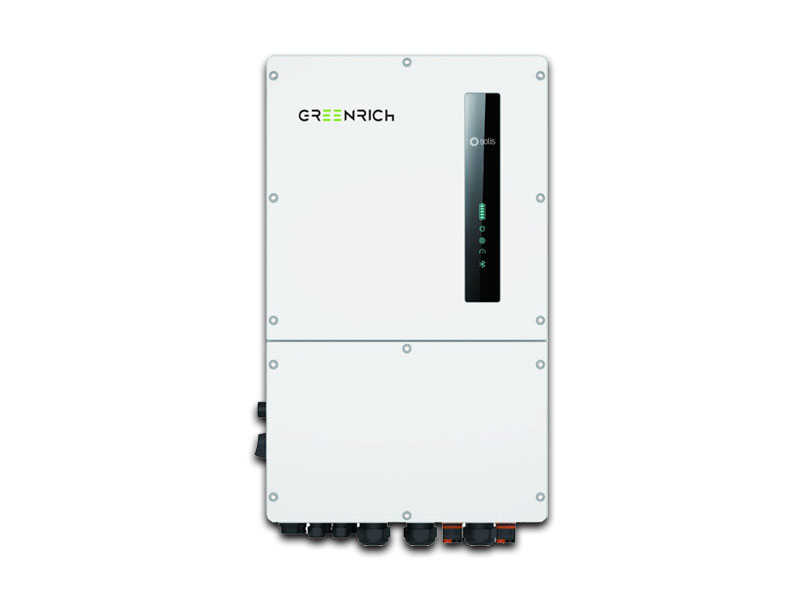
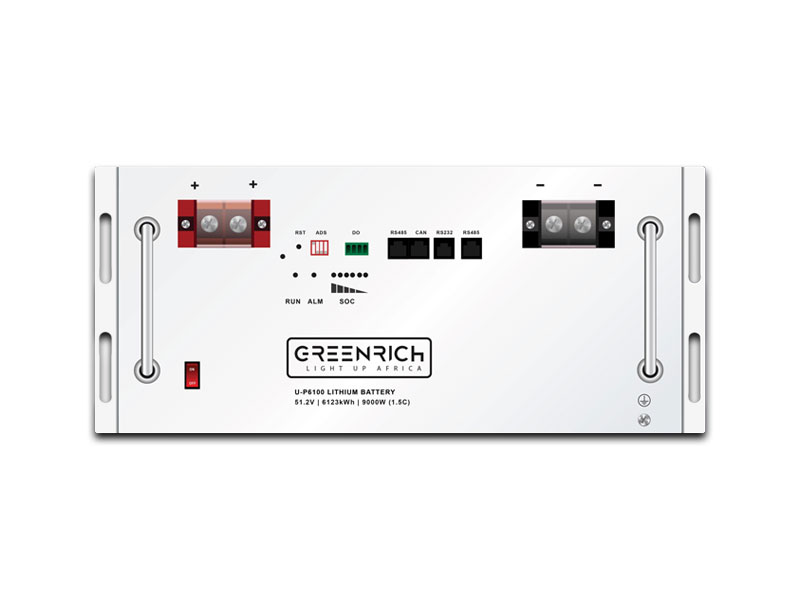
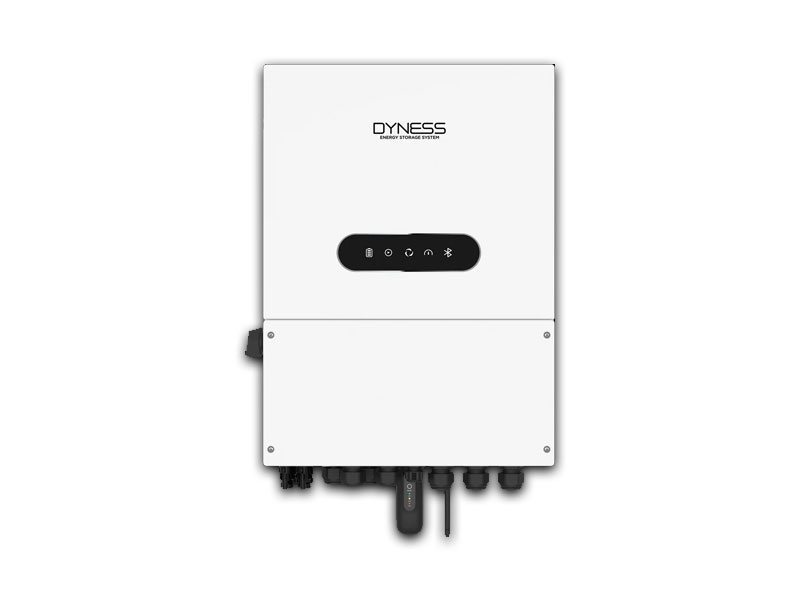
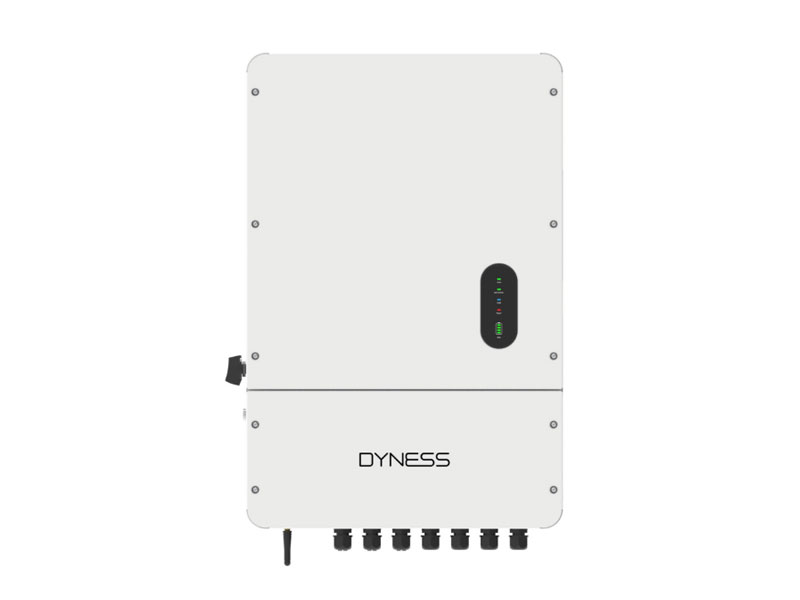


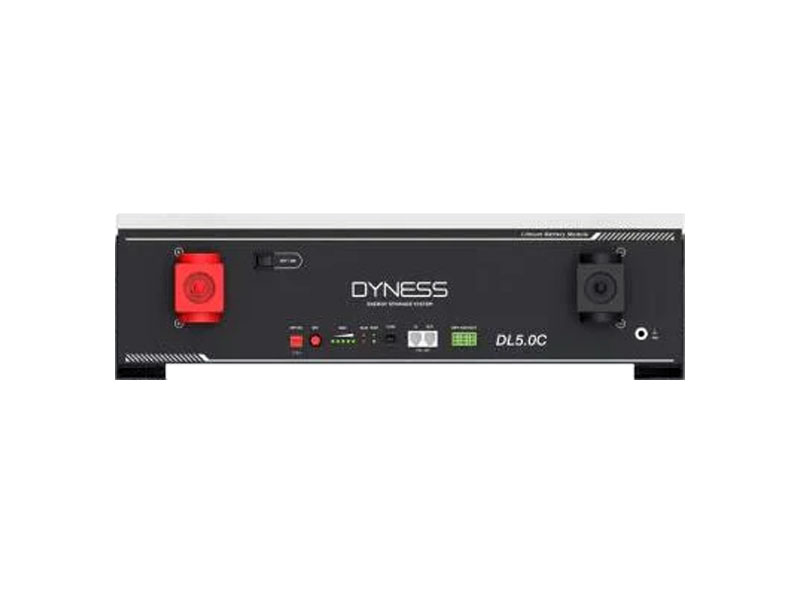
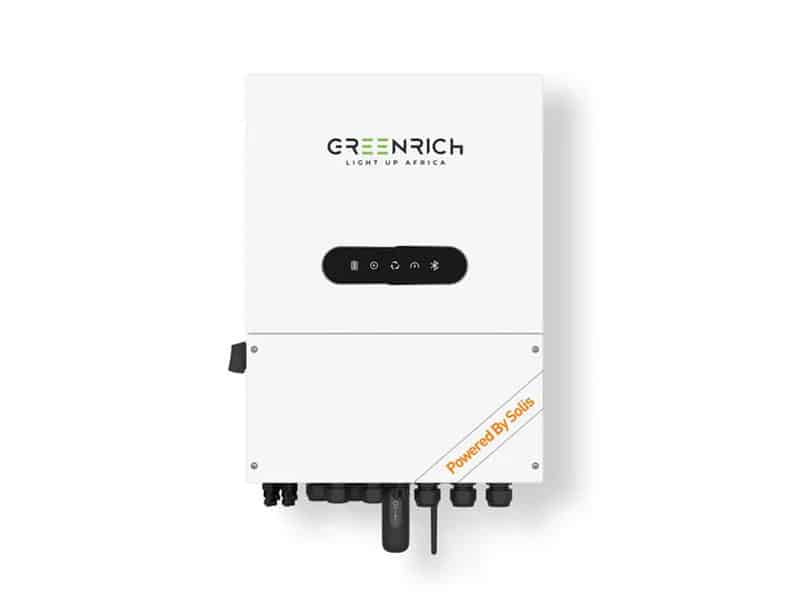

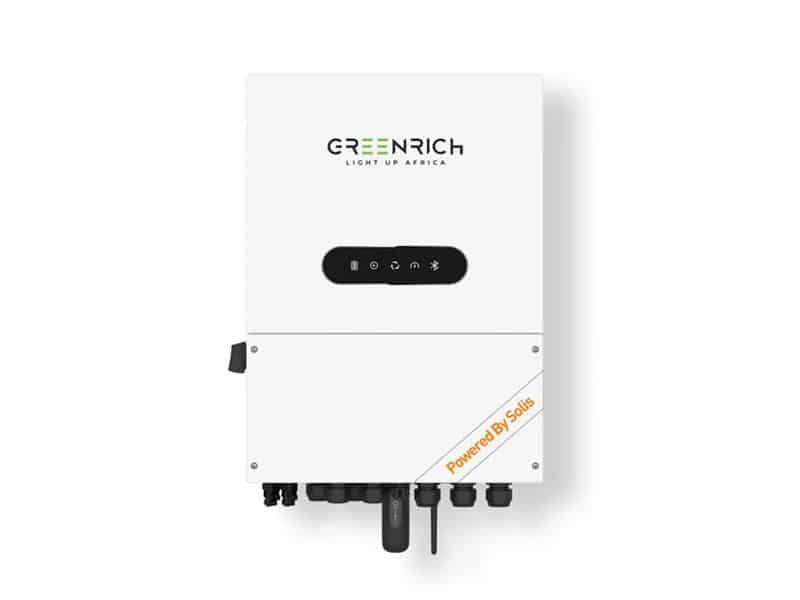


Reviews
There are no reviews yet.